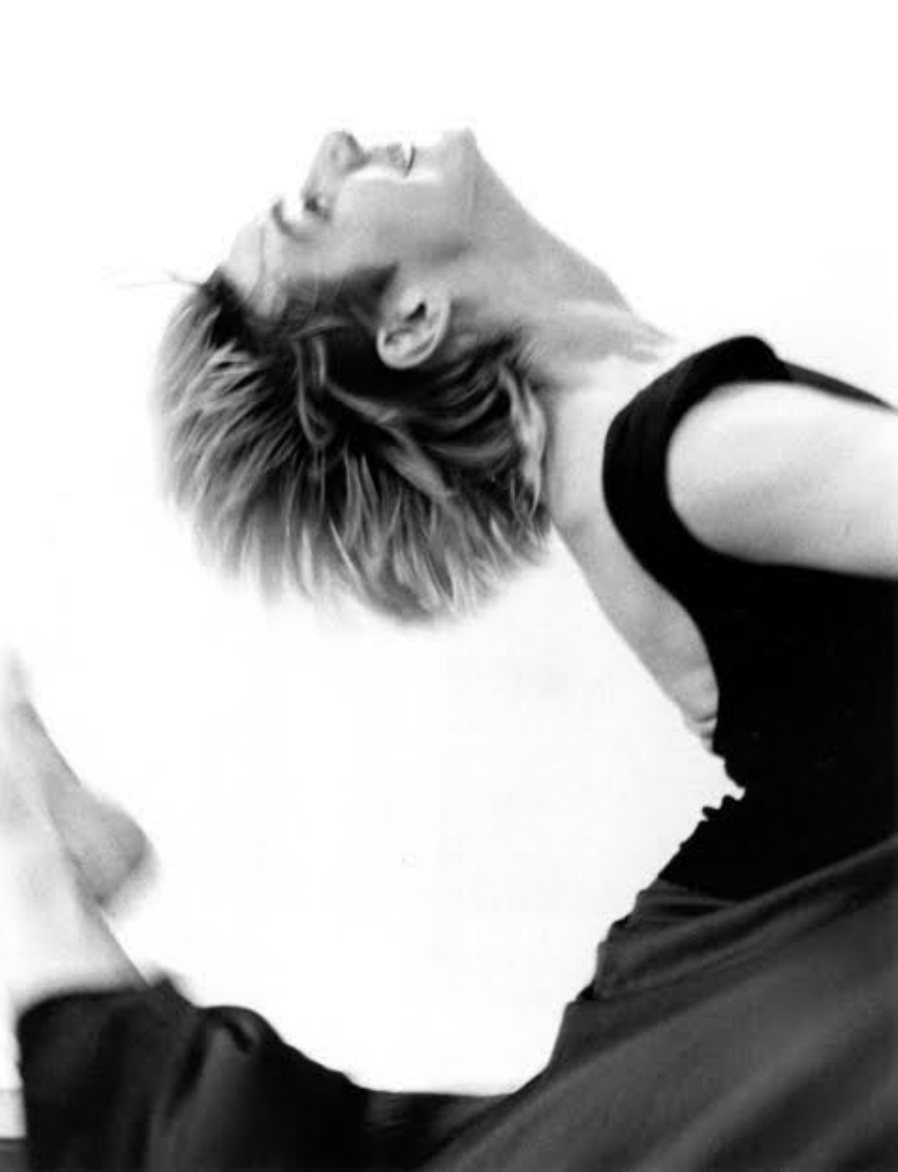In Thine Eyes (1996, acquired 1999)
/This week we are looking at an exceptional work from acclaimed choreographer Doug Varone, Peggy’s fellow performer from her years with the Lar Lubovitch Dance Company. Doug left Lar’s company in 1986 and was soon at the helm of his own, Doug Varone and Dancers, based in New York.
“In 1996 Doug organized his company as male/female couples and, shifting the primary cast with every rehearsal day, created a duet titled In Thine Eyes. The highly stylized movement he invented called on the dancers to move in stop-action, so that each moment in the choreography created a tableau. He arranged the space geometrically, with the dancers moving along strictly delineated pathways, corridors that eventually brought them together, throwing them directly into one another’s spheres and – with all the frission of a chemical reaction – into a highly stylised series of discrete choreographic episodes. Doug had chosen as music, a selection of tracks from Michael Nyman’s Noises, Sounds and Sweet Airs, originally composed for an opera-ballet, La Princesse de Milan, based on Shakespeare’s The Tempest. The episodic nature of the music – with male and female voices delivering a libretto that became abstracted because of the displacement of the narrative – created a sense that the man and woman dancing were motivated by impulses they did not comprehend while enacting rituals whose origins had been lost. But certainly, the two figures in the dance are driven by all the magnetism, vagaries, and intensity of love and lust.
Within a year of its premier, and before I had seen the work in performance, Doug contacted me to say that he had a dance that I should learn. The staging was undertaken by Gwen Welliver and Larry Hahn, members of Doug Varone and Dancers who had both been involved in the creation. Though I was preparing to perform with Doug, Larry was my partner throughout the rehearsal process, and Doug and I had only danced the work together twice prior to the opening night of my April 1999 Toronto season. Doug is an electrifying performer and being on stage with him in this magnificent work is one of the most profound experiences of my dance life. Every aspect of this work aligns with the highly distinctive aesthetic established by the choreography. Doug had envisioned the lighting, (realized by David Ferri), and it was both stunningly beautiful and devilishly tricky to dance in. Lynn Steincamp’s costumes were simple and perfect – square cut, but in flowing fabrics that revealed the body.
Doug joined me for performances at the National Arts Centre in Ottawa in 2001 and in 2006 the magnificent Larry Hahn and I did a five-city Canadian tour.
Oh, how I LOVE this dance! Doug is a master choreographer; his signature as a creator is unique and indelible. Eventually, my repertoire included five Varone duets: The Volpe Sisters, In Thine Eyes, Home, Heaven and armour. Each of them is a jewel.” PB
"This is dance at its very best, performed by two consummate artists, using the language of movement to trigger an emotional recognition that words could never achieve." Michael Crabb, The National Post
Listen to Richard Burton recite John Donne’s poem The Good Morrow, from which the title of this dance is sourced, here on Youtube.

















